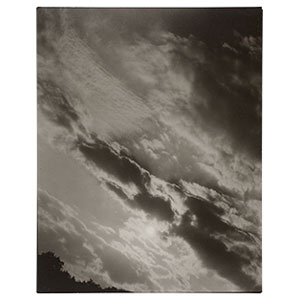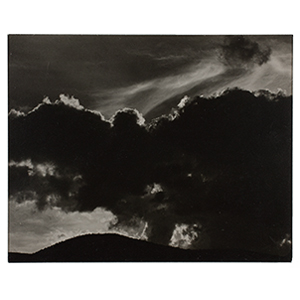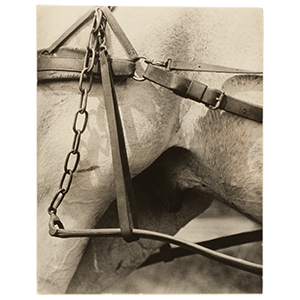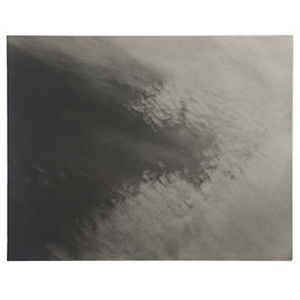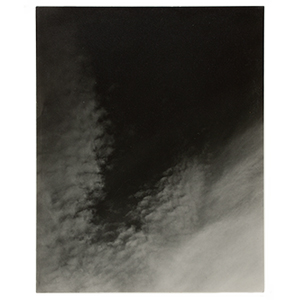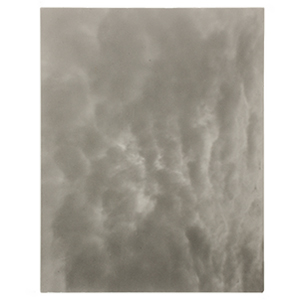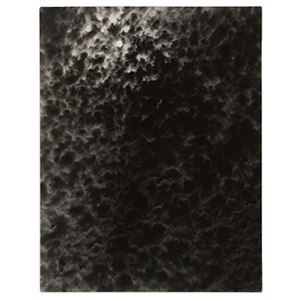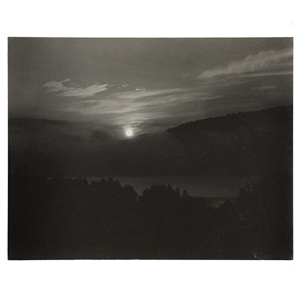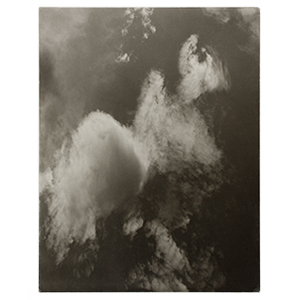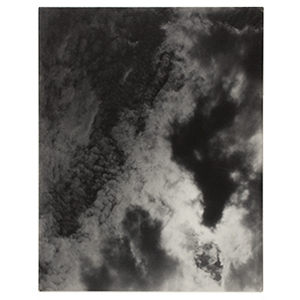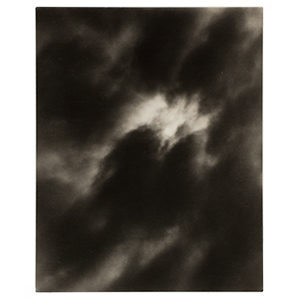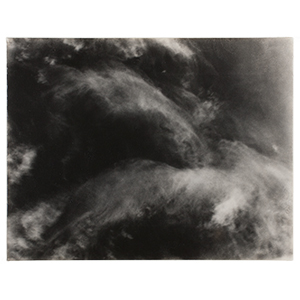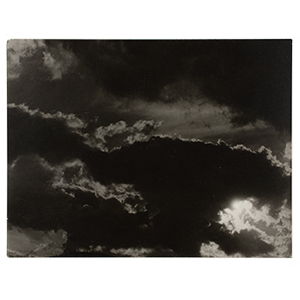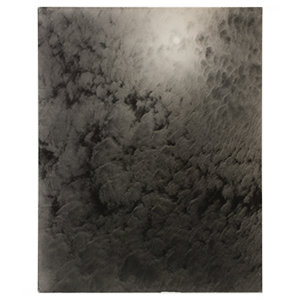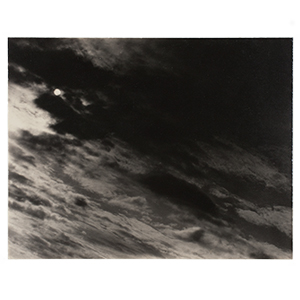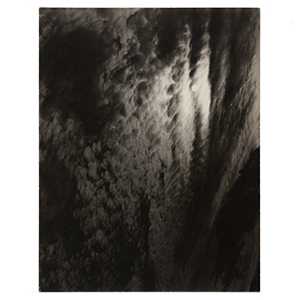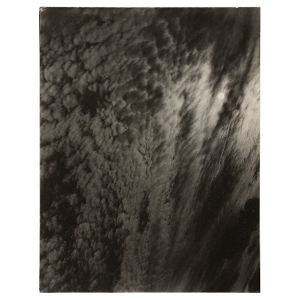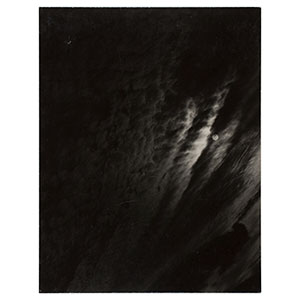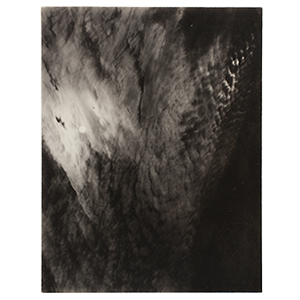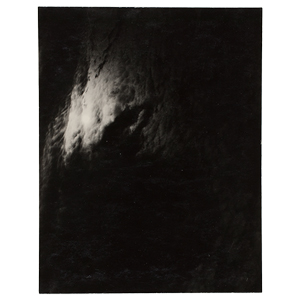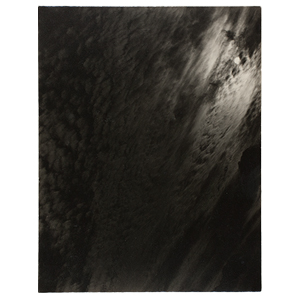Equivalents
In the summer of 1922, Alfred Stieglitz began to take photographs of clouds, tilting his hand camera towards the sky to produce dizzying and abstract images of their ethereal forms. In an article the following year, Stieglitz maintained that these works were a culmination of everything he had learned about photography in the previous forty years: “Through clouds [I wanted] to put down my philosophy of life—to show that my photographs were not due to subject matter—not to special trees, or faces, or interiors, to special privileges, clouds were there for everyone—no tax as yet on them—free.”[1] Over the next eight years, he made some 350 cloud studies, largely produced as contact prints on gelatin silver postcard stock.
Stieglitz called these photographs Equivalents. More than describing the visible surfaces of things, the works could express pure emotion, paralleling the artist’s own inner state. Stieglitz, along with many of the artists of his circle, argued that visual art could assume the same nonrepresentational, emotionally evocative qualities as music. Indeed, music was an inspiration for the Equivalents, and this is reflected in the early titles he gave them: Music: A Sequence of Ten Cloud Photographs (1922) and Songs of the Sky (1923). Stieglitz did not limit himself to clouds, or allusions to music, in these photographs: one notable work, Spiritual America, shows a close-up of the nether regions of a harnessed gelding (a castrated male horse), the image serving as a metaphor for the artist’s impression of a diminished American culture in the same way that his depictions of clouds represented his emotions.
Stieglitz often presented the Equivalents in series or sets, recombining different groupings of prints for exhibition. Georgia O’Keeffe donated thirty of the works to the Art Institute of Chicago, including Set A, made up of eight photographs, and Set E, made up of three photographs printed from the same negative.
[1] Alfred Stieglitz, “How I Came to Photograph Clouds,” Amateur Photographer and Photography 56 (1923), reprinted in Richard Whelan, ed., Stieglitz on Photography: His Selected Essays and Notes (Aperture, 2000), p. 237.

